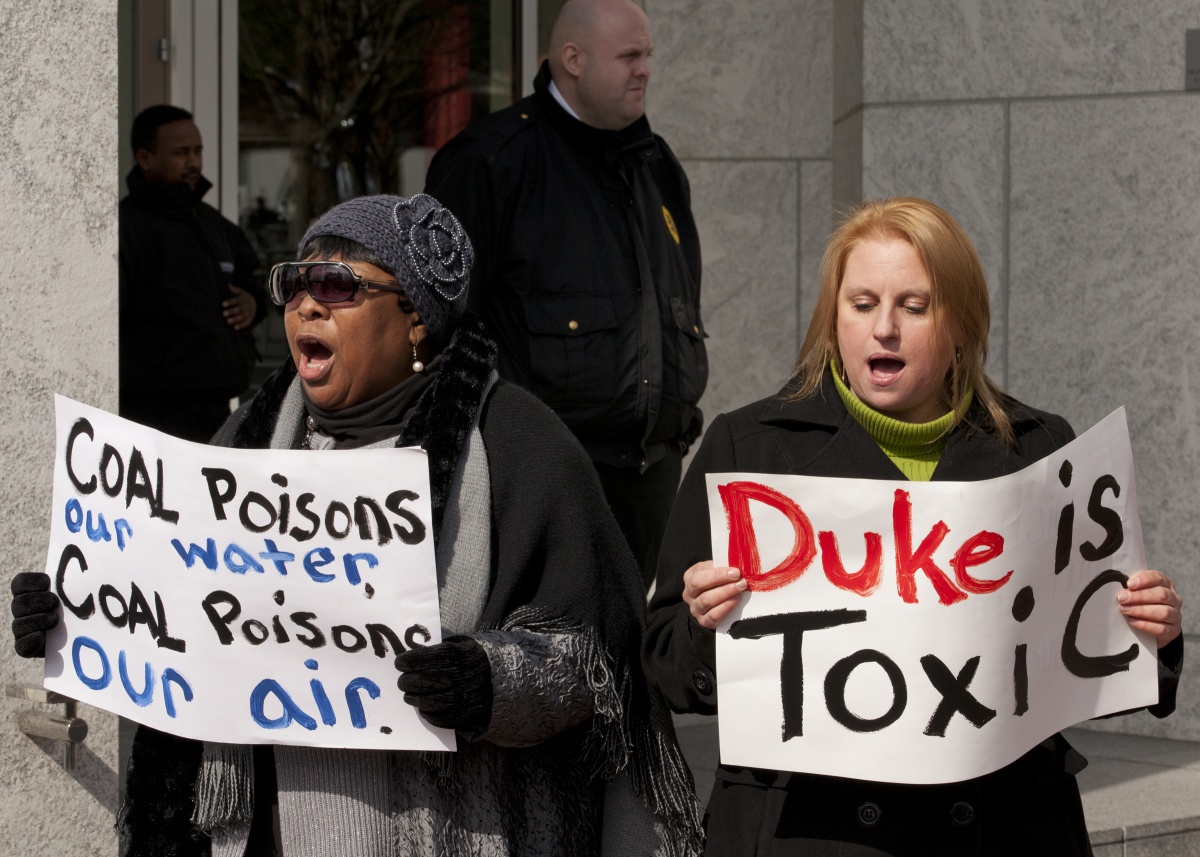Duke Energy
Duke Energy is one of the biggest power utilities in the United States and operates 12.2 GW of coal-fired capacity in 4 US states: North Carolina, Indiana, Kentucky and Florida. Coal accounts for around 1/5 of the company’s total generation capacity. Duke wants to keep power plants such as its Gibson power plant, the second largest in the country, operating until 2038 in clear contravention of the Paris Agreement and 1.5°C. Additionally, the Carolina Resource Plan published by Duke Energy on 1 October 2025 shows that there will be further delays from Duke. This will impact the closure of the coal-fired power plants Belews Creek, Cliffside and Marshall. The plan also reports a simultaneous delay and slowdown of the building of renewable energy sources.

Duke Energy has a long record of environmental violations. For decades, the company stored poisonous coal ash from its power plants in unlined pits alongside rivers and streams. In 2014, this led to a major disaster, when 39,000 tons of coal ash and 27 million gallons of untreated coal slurry spilled into the Dan River in North Carolina, which Duke did not properly clean up. As a result, the company eventually pled guilty to criminal violations of the Clean Water Act, and was sentenced to one of the highest fines in the history of the Act. Alongside this major spill, legal actions and court orders have forced Duke to clean up another 14 coal ash sites which were not properly maintained.
In 2024, Duke Energy applied for energy rate hikes in multiple U.S. states in order to fund its dirty coal plants, passing the costs of their inefficient fuel on to their customers. Even when they do move away from coal, the company plans to swap out most of its coal-fired power with other fossil fuels such as gas, a field in which it is rapidly expanding.

